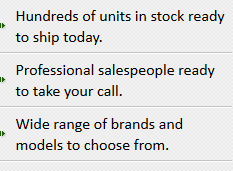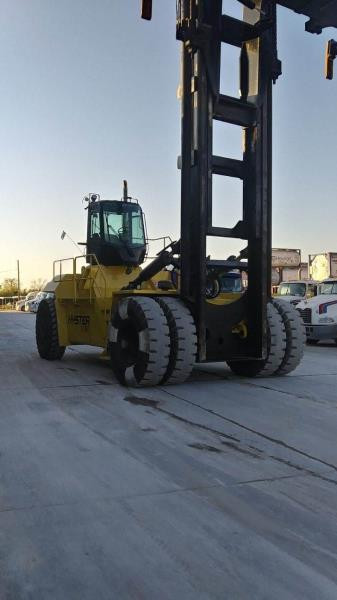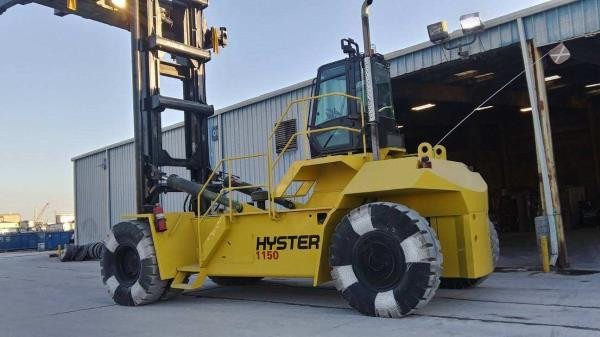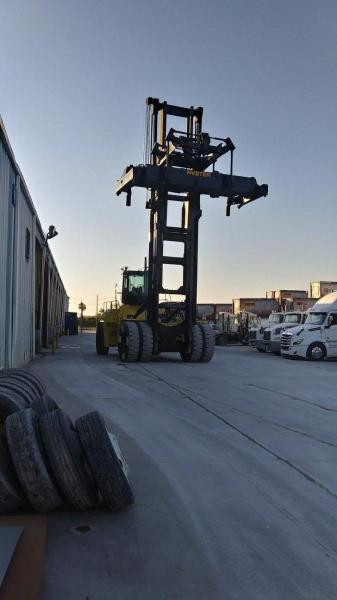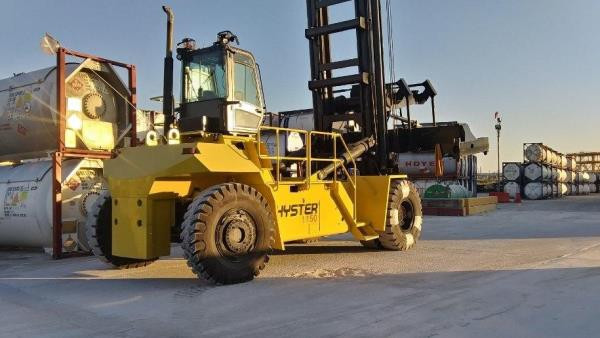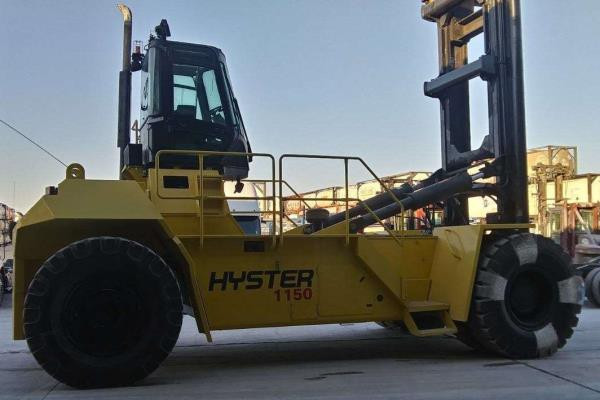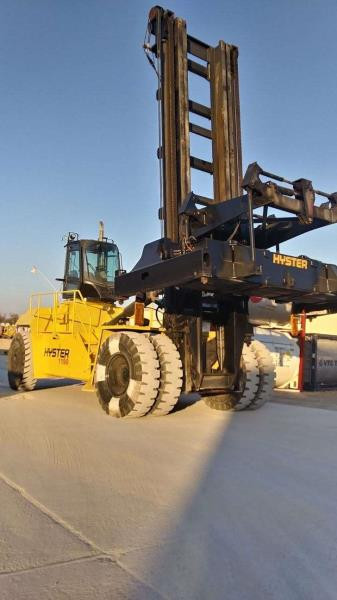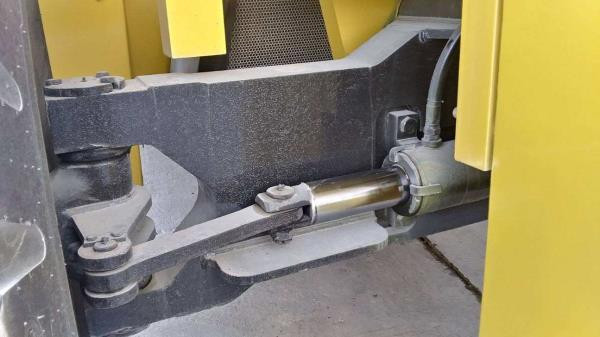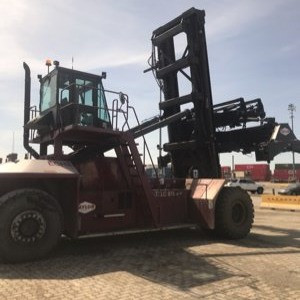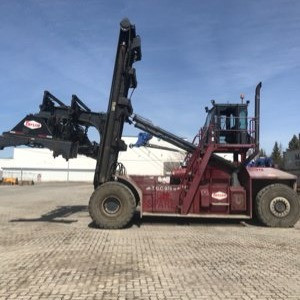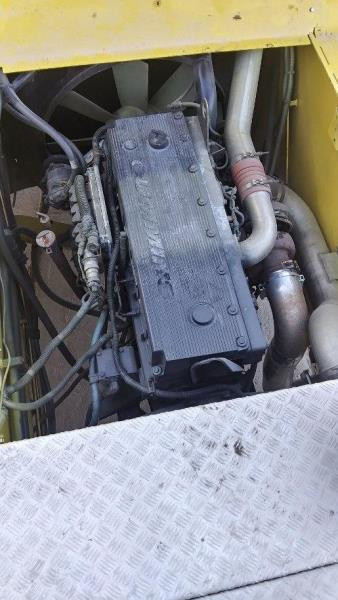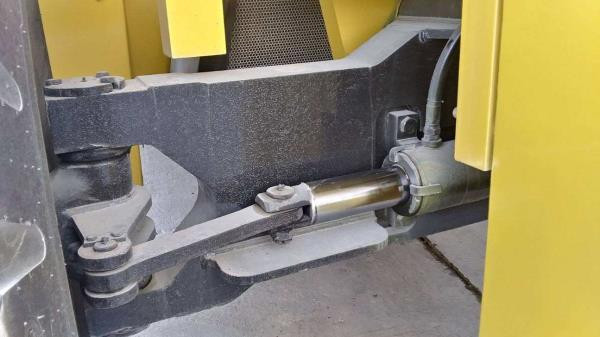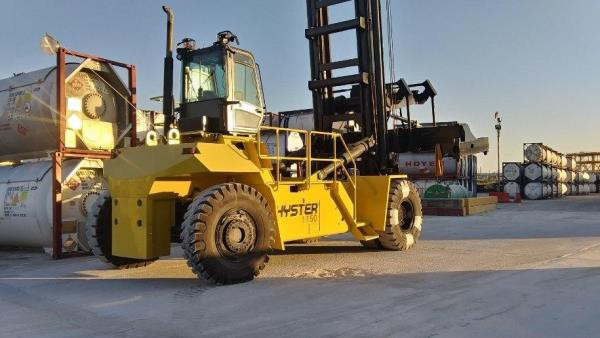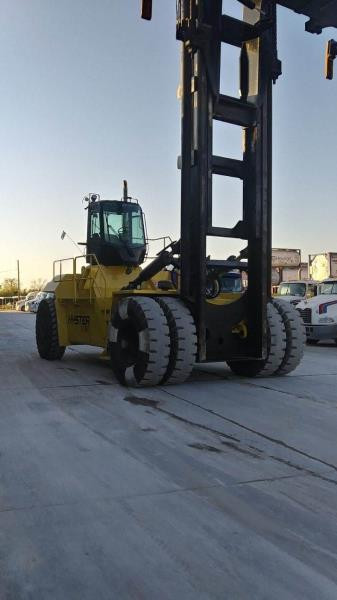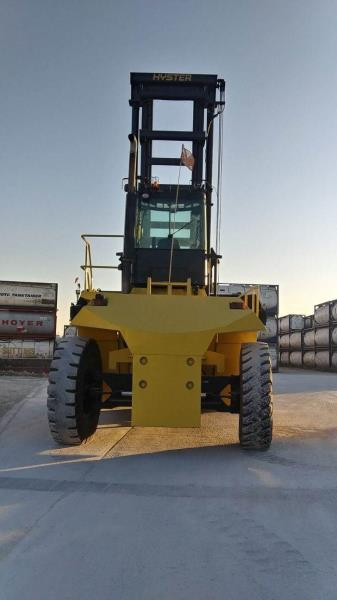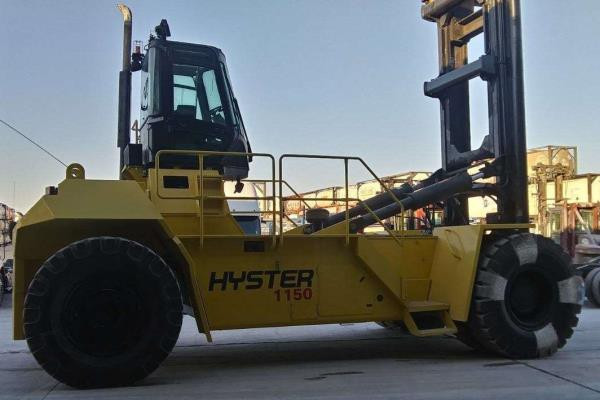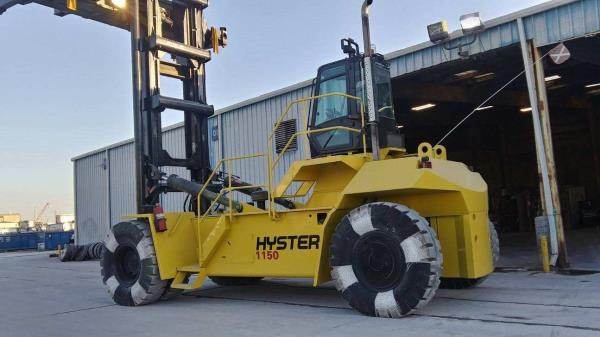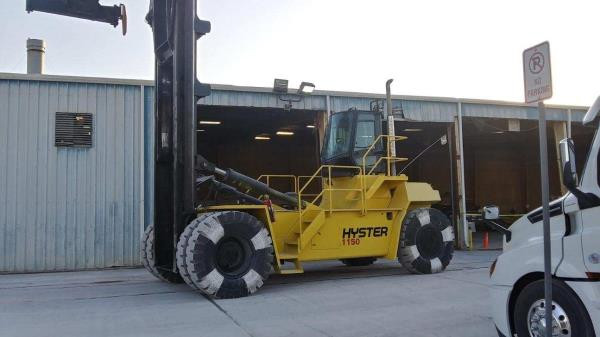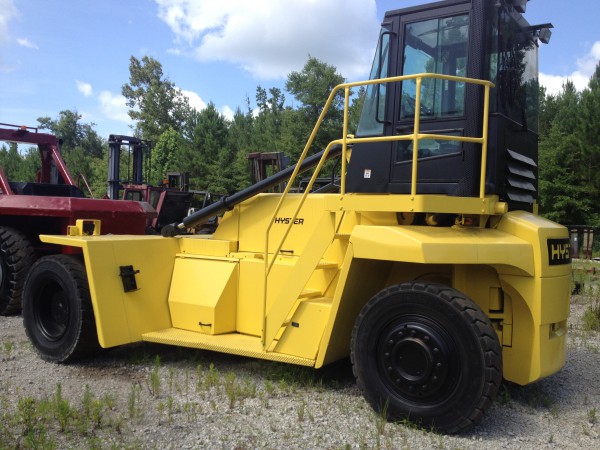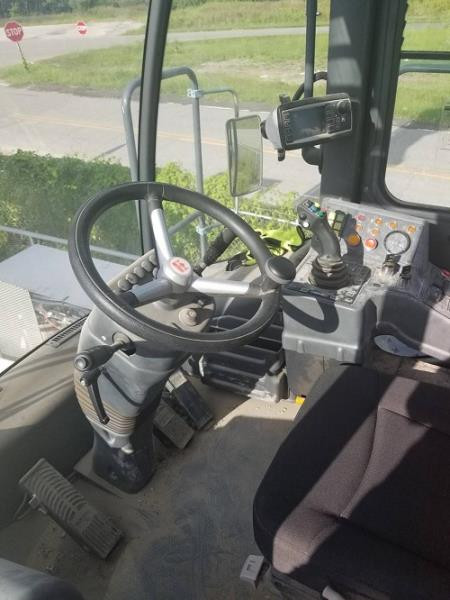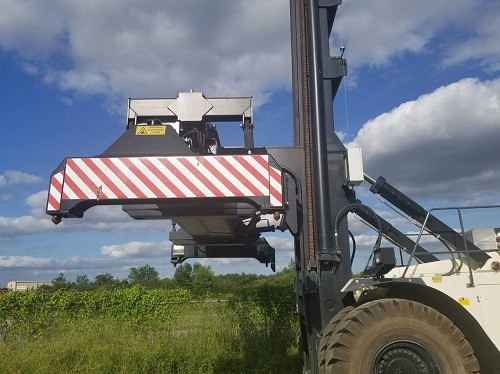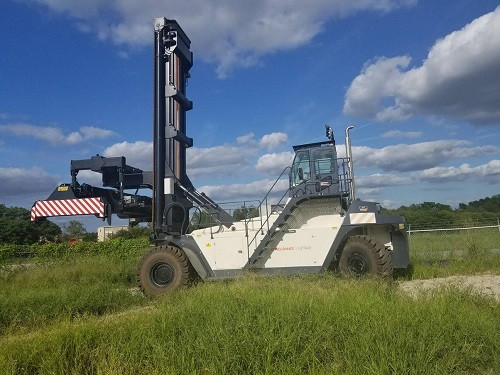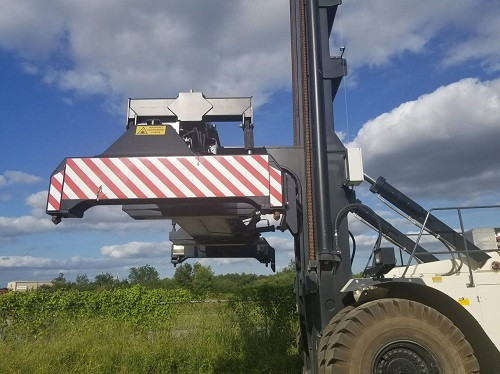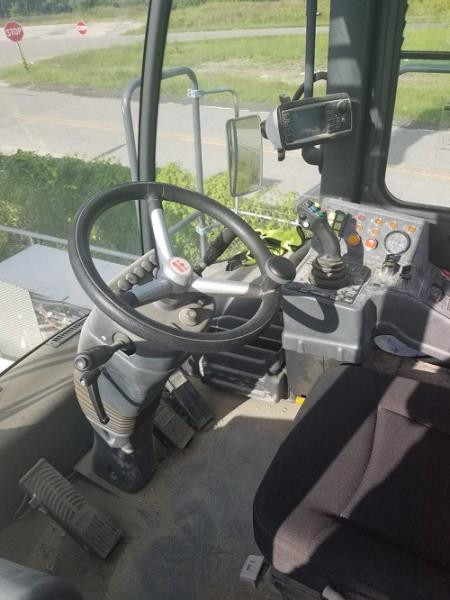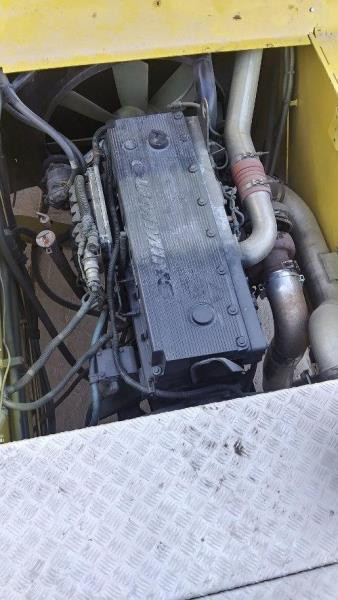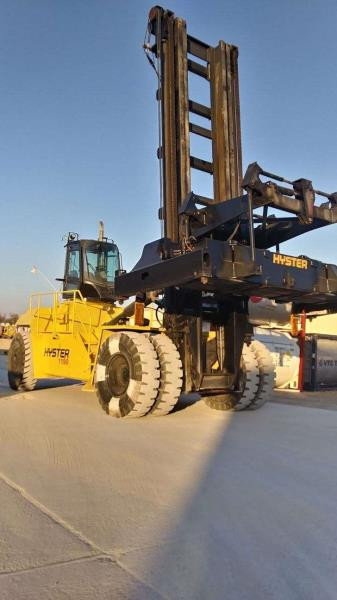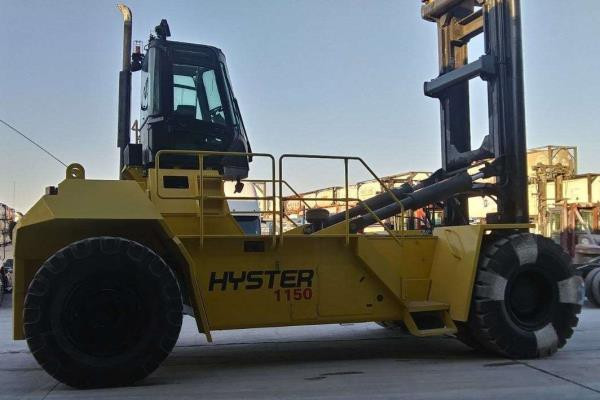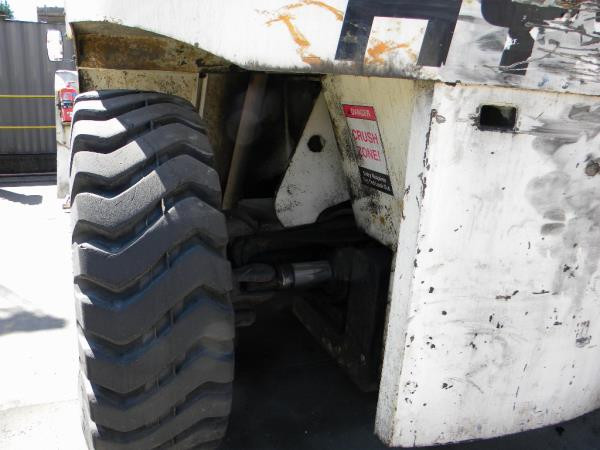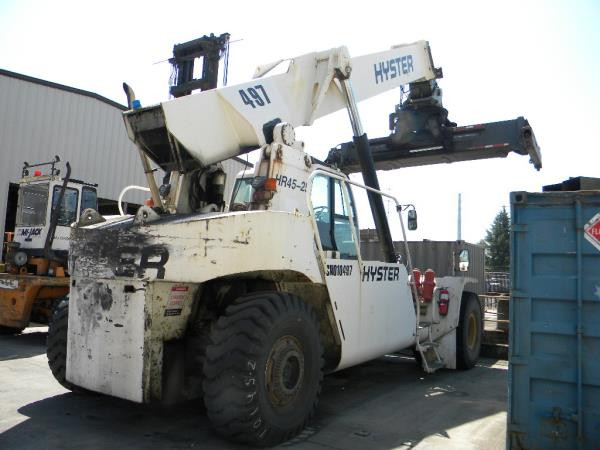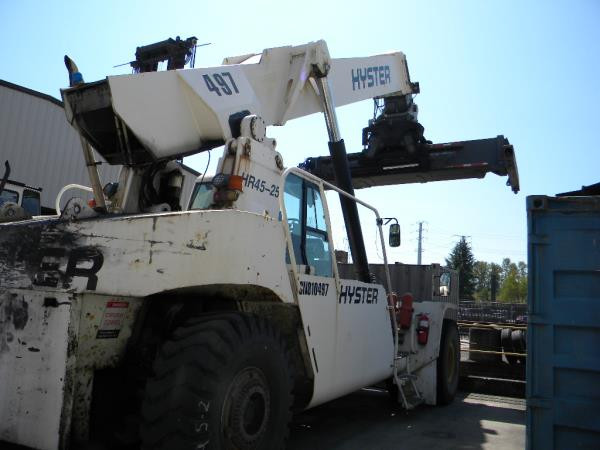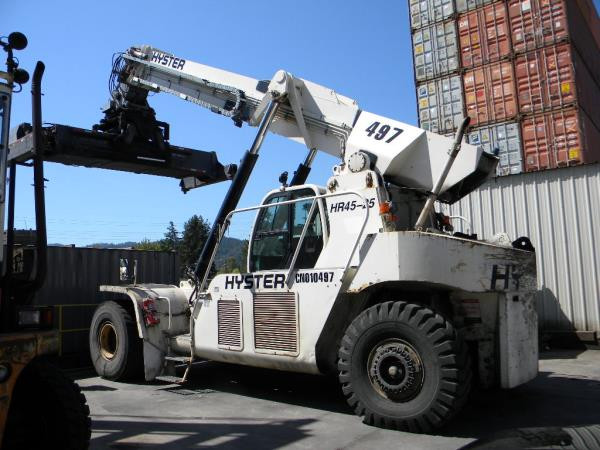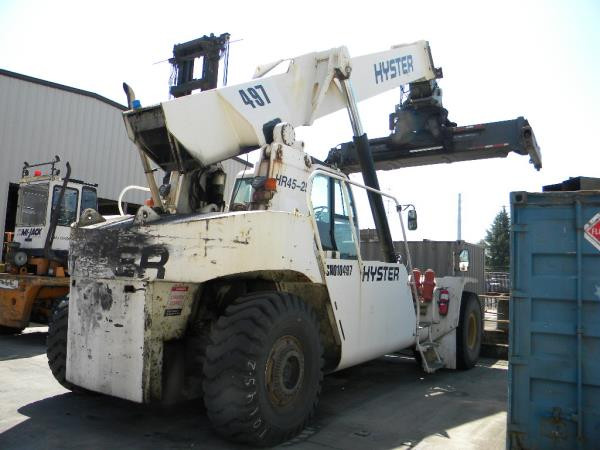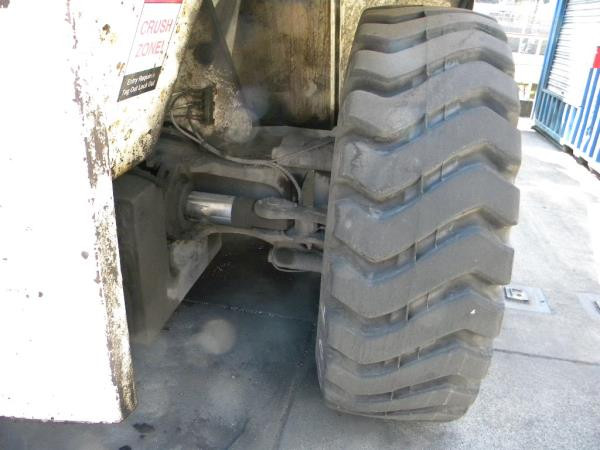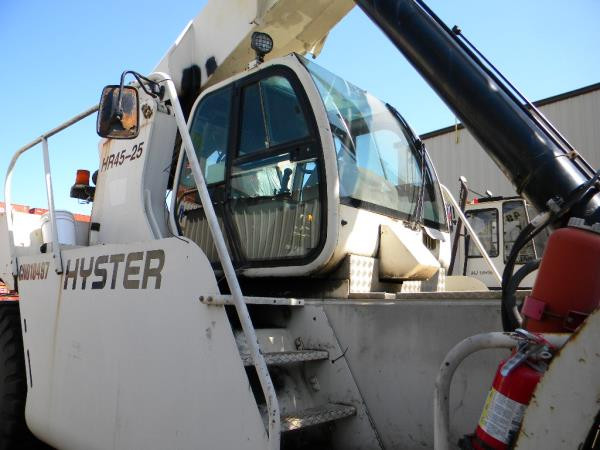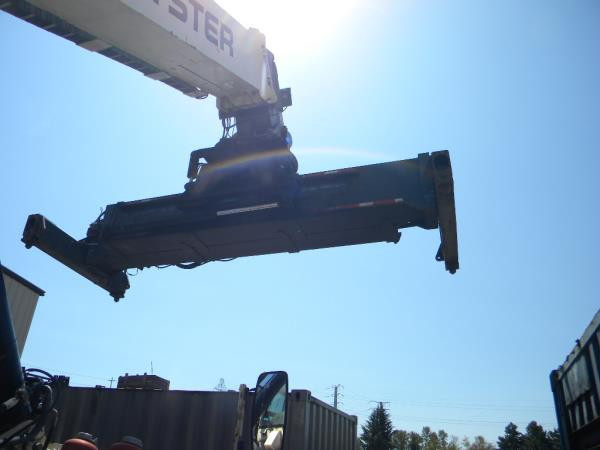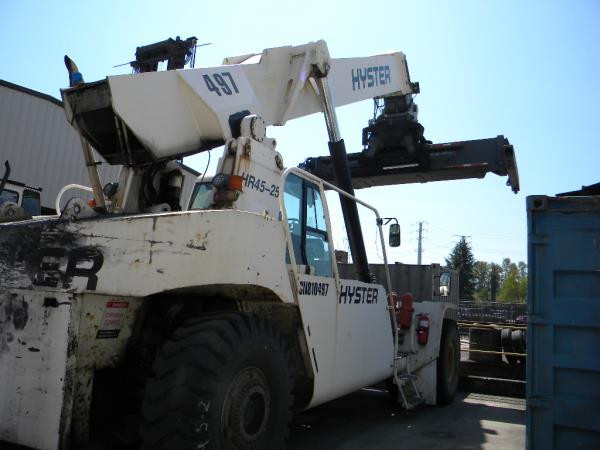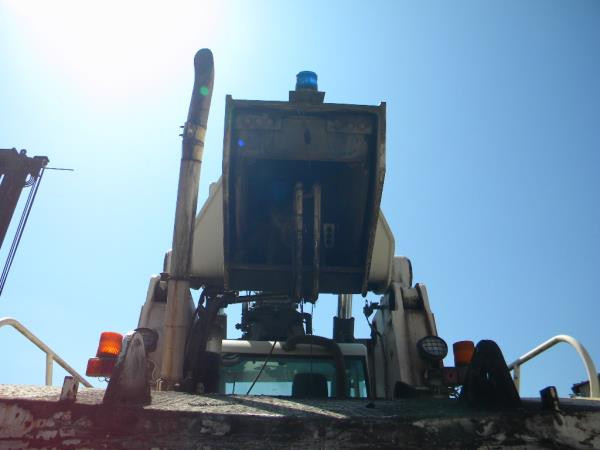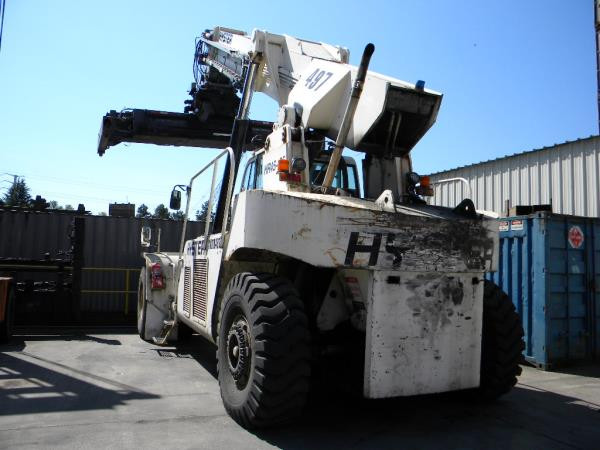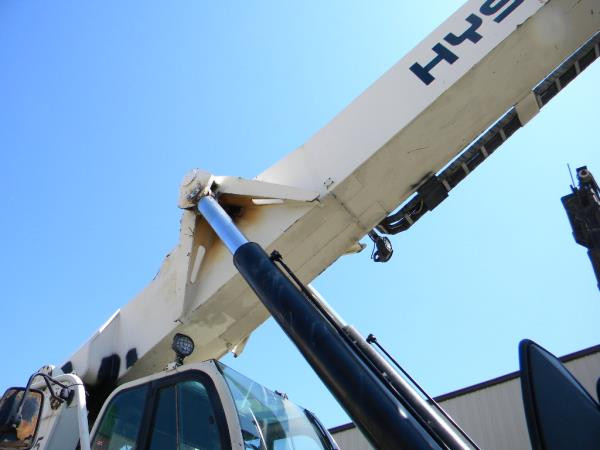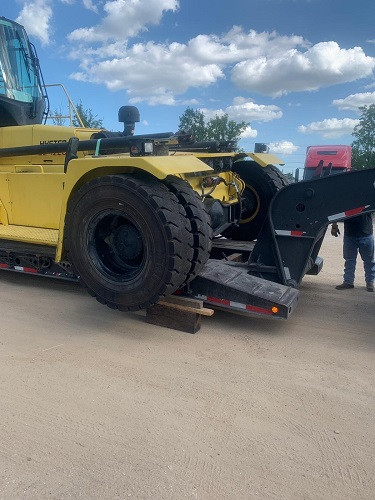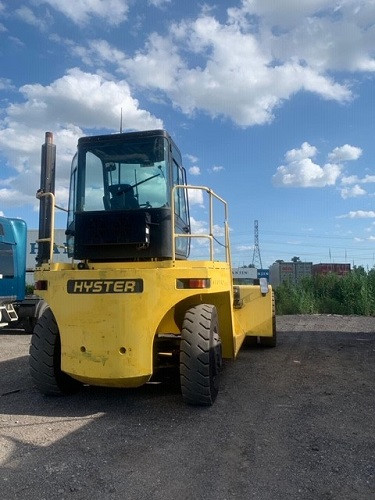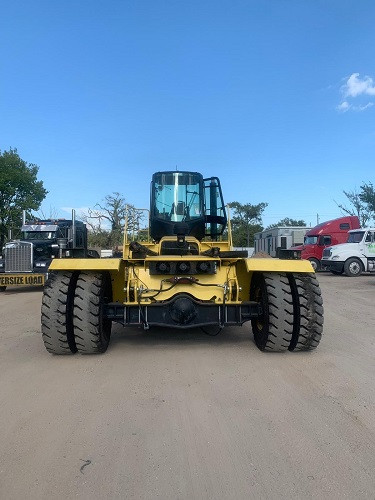Container Handler Antioch
Used Container Handler Antioch - Also known as container ships or cargo ships, container handlers use large intermodal containers to transport their goods. This type of shipping is called containerization and it is a specific kind of freight transport that carries non-bulk types of seagoing cargo. The capacity of container ships is measured in units equivalent to twenty-foot equivalent loads. Most loads are a mix of 20’ and 40’ containers. Roughly 90% of non-bulk items all over the world travel via container ships. These ships are one of the main oil tanker rivals due to their size as one of the biggest sea-worthy ships.
Dry cargo falls into two main categories: bulk cargo and break-bulk cargo. Coal and grain are considered to be bulk cargo items. They are typically transported in their raw form within the hull of the ship, free from packages in immense volume. Break-bulk cargo items normally consist of manufactured goods that are transported in packages. Before the 1950s when containerization hadn’t been invented yet, break-bulk materials were loaded, secured and unattached one piece at a time in a very time-consuming process. Once cargo began being grouped into containers, between 1000 to 3000 cubic feet of cargo can be moved simultaneously after each container has been secured with standardization. Overall efficiency has largely increased with break-bulk cargo shipping. It is estimated that shipping time has been reduced by eighty-four percent and costs have been reduced by approximately thirty-five percent. Approximately 90% of non-bulk items were shipped in containers in 2001.
The first cargo ships were born in the 1940s as redesigns from World War II tankers. Container ships do not rely on individual hatches, holds and dividers that are part of regular cargo ships. The hull of the container ship is similar to a sizeable warehouse that uses vertical guide rails to divide the area into cells. The cargo in the containers is held by these specially designed cells. Most cargo ships are designed from steel but additional materials such as plywood, fiberglass and wood are used. Many containers are categorized by their size and function since they are designed to be transferred to and from trucks, trains, coastal carriers, semi-trailers and more.
Containerization has revolutionized the shipping industry; however, it did not start out in the easiest fashion. At first, many companies and shippers were worried about the huge costs associated with constructing ports, railway infrastructure and the roads needed to transport items via cargo ships. There was skepticism regarding potential dock and port worker job loss when containerization was announced for fear that numerous manual jobs would disappear. There was a decade of legal battles prior to the container ships starting international service. By 1966, after the first container liner service began from Rotterdam, Netherlands to the USA, cargo shipping was transformed.
Container ships only take a few hours to be loaded and unloaded, compared to the days a traditional cargo vessel required. Cutting labor finances and shortened shipping times between ports has been hugely successful. It only takes a few weeks to deliver items from India to Europe and vice versa, whereas it used to take months previously. There is generally less damage to goods due to less handling. Less cargo shifting during a voyage is also beneficial. Containers are closed before shipping and opened once they arrive at their destination to prevent disruption, damage and theft.
There have been less shipping expenses and shipping time thanks to container ships which has increased international trade. Sealed factory containers now carry cargo that used to arrive in barrels, cartons, crates, bags and bales. A product code on the contents is traced with the help of computers and scanning equipment. Amazingly, technology has advanced with this accurate tracking system to be so exact that a 2-week voyage can be timed for arrival with accuracy less than 15 minutes! This time management has helped with manufacturing times and guaranteeing delivery. Sealed containers of raw materials arrive in under an hour to be used in manufacturing facilities, resulting in less inventory costs and higher accuracy.
Shipping companies provide boxes to the exporters for loading merchandise into. Items are delivered into the docks by road or rail or a combination to be loaded onto cargo ships. Containerization has streamlined the process of loading by reducing the number of workers and hours it takes to fit cargo into their holds. The ship relies on cranes either on the pier or installed on board to organize the containers accurately. Once the hull has been completely loaded, more containers can be secured onto the deck.
Efficiency has been one of the main design elements for cargo ships. Containers may be carried on break-bulk ships. Designated cargo hold on container shops have been built to increase efficiency during loading and unloading to ensure safe travel. A specially designed hatch creates openings to access the main cargo holds from the deck. These openings flow along the whole cargo hold area and are surrounded by the hatch coaming which is a raised steel structure. There are secure hatch covers situated on top of the hatch coamings. Tarps and wooden boards held down the battens and secured the hatches until the 1950s. Hatch covers are made of secure metal plates and cranes are used to lift them on and off of the ship. Additional hatch models use hydraulic rams and articulated mechanisms for closing and opening.
Cell guides are a necessary component in cargo ship design. The cell guides are vertical pieces constructed of strong metal that is attached to the cargo hold within the ship. They work by guiding containers into particular rows while loading and help to support items during travel. The container ship design relies on cell guides so much that organizations as the United Nations Conference on Trade and Development use them to differentiate between regular break-bulk cargo ships and container ships.
There is a system used in cargo plans consisting of three dimensions to outline a container’s position aboard the ship. The initial coordinate starts at the beginning of the ship and increases aft. The tier forms the second coordinate. It starts in the bottom area of the cargo holds and the second tier is located on top of the first one and continues to grow. Next, the third row forms the third coordinate. Rows situated on the starboard side feature odd numbers and rows situated on the port side showcase even numbers. Rows found along the centerline are given lower numbers and these numbers increase for slots situated further from the center.
Container handlers can handle forty-five, or forty or twenty-foot containers. The big containers will only travel and fit above deck. The forty-foot sized containers makes up ninety-percent of the shipping containers. Roughly 90% of the freight in the world is delivered via container shipping. Approximately eighty-percent of global freight is shipped via forty-foot containers.
Container Handler PDF
Stock Number: EQU016115 GL
Make: HYSTER
Model: H1150HD-CH
Year: 2006
| Stock Number |
EQU016115 GL |
| Make |
HYSTER |
| Model |
H1150HD-CH |
| Year |
2006 |
| Category |
Container Handler |
Stock Number: 207186 GL
Make: TAYLOR
Model: TXLC-974
Year: 2013
| Stock Number |
207186 GL |
| Make |
TAYLOR |
| Model |
TXLC-974 |
| Year |
2013 |
| Category |
Container Handler |
Stock Number: EQU016114 GL
Make: HYSTER
Model: H1150HD-CH
Year: 2006
| Stock Number |
EQU016114 GL |
| Make |
HYSTER |
| Model |
H1150HD-CH |
| Year |
2006 |
| Category |
Container Handler |
Stock Number: 268847 GL
Make: Hyster
Model: H450H-ECH
Year: 1999
| Stock Number |
268847 GL |
| Make |
Hyster |
| Model |
H450H-ECH |
| Year |
1999 |
| Category |
Container Handler |
Stock Number: EQU015877 GL
Make: TEREX
Model: FDC500G5
Year: 2017
| Stock Number |
EQU015877 GL |
| Make |
TEREX |
| Model |
FDC500G5 |
| Year |
2017 |
| Category |
Container Handler |
Stock Number: EQU016116 GL
Make: HYSTER
Model: H1150HD-CH
Year: 2006
| Stock Number |
EQU016116 GL |
| Make |
HYSTER |
| Model |
H1150HD-CH |
| Year |
2006 |
| Category |
Container Handler |
Stock Number: 268327 GL
Make: Hyster
Model: HR45-25
Year: 2003
| Stock Number |
268327 GL |
| Make |
Hyster |
| Model |
HR45-25 |
| Year |
2003 |
| Category |
Container Handler |
Stock Number: EQU010819 GL
Make: Hyster
Model: H450H-ECH
Year: 2012
| Stock Number |
EQU010819 GL |
| Make |
Hyster |
| Model |
H450H-ECH |
| Year |
2012 |
| Category |
Container Handler |
